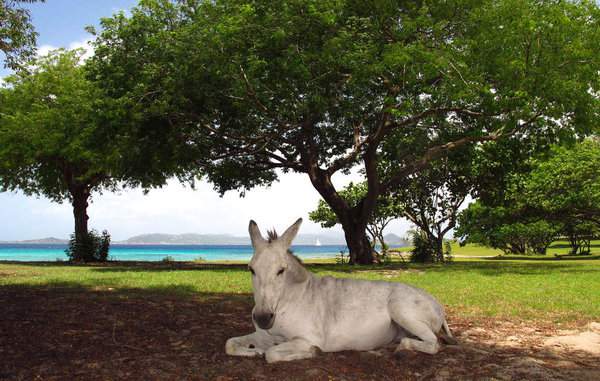
This article just appeared in The Philadelphia Inquirer. We liked it so much, we thought we would share it with all of you. We’re sure you’ll enjoy reading it just as much as we did.
St. John, the Virgin Island’ Wild Child
By Amy Laughinghouse, For The Philadelphia Inquirer
ST. JOHN, U.S. Virgin Islands – I’m lying face down in a spa cabana at Caneel Bay resort, gazing absently into a bowl of fragrant blossoms. The door is open just enough to admit the serenade of the surf and the softly filtered sunlight of the sultry Caribbean morning.
Cheryl, a masseuse with startling blue eyes accentuated by a deep tan, is gently working out the knots I’ve accumulated through work and travel. In less than an hour, she transforms me from a bag of aching bones to a blissed-out beach bunny ready to relax and take on – well, as little as possible during my 10-day stay on St. John.
This is arguably the wildest and most pristine of the U.S. Virgin Islands, and that legacy of feral beauty began right here, at Caneel Bay, where philanthropist and conservationist Laurance Rockefeller originally built a house as a private retreat. He grew so fond of St. John’s tangled jungle of hills and white crescent beaches that he bought up huge swaths of land, which later formed the basis of the Virgin Islands National Park.
At the resort itself, which features just 166 rooms on 170 acres, you’re more likely to encounter herds of deer and donkeys than another human. Throw in a few mongooses and leaf-munching iguanas, and it’s practically a free-range zoo.
While it’s tempting to simply remain at Caneel Bay and play castaway, this is an island that’s made for exploration, as I’ve discovered over more than a half-dozen visits these last 12 years.
Cruz Bay, the main port, hardly qualifies as the big city, with free-range hens shepherding their chicks along a zigzag maze of roads. But it offers enough shops and bars and restaurants to put a dent in your wallet and add an inch to your waistline.
Pick a perch at the Beach Bar, where you can gaze out over the sailboats that fill the harbor while sipping a Painkiller – a potent combination of rum, fruit juice, and nutmeg that will certainly leave you feeling no pain, until the inevitable hangover the next morning. Woody’s is another well-known watering hole, with a couple of plastic tables on the sidewalk (to call it a “terrace” would be overstating it) that provide front-row seats for first-rate tourist-watching. For a splurge, head to the hilltop Asolare and try an aptly named Honey Badger martini, which packs a bite worthy of its name.
Of course, St. John’s best attraction is its 30-plus beaches. These range from the “Mermaid’s Chair,” a beach barely big enough for two that my friends and I visit on a catamaran trip one afternoon, to the sugary expanse of Cinnamon Bay. The quirkiest is Drunk Bay, a remote rocky beach where visitors – perhaps fueled by fruity umbrella drinks, lending the place its name – create whimsical sculptures of mermaids, pirates, and cowboys from coral and coconuts.
As stunning as St. John’s coastline is above water, more surreal scenery lurks beneath the waves. Trunk Bay – which CNN.com recently ranked No. 48 on its list of the world’s 100 best beaches – features an underwater snorkel trail, where I spot eels, reef squid, and a stingray hovering like a spacecraft above the sandy bottom.
At Waterlemon Cay, while swimming in a spectral cloud of shiny silversides, I notice a 4-foot-long, missile-shaped fish just yards away. From my panicked reaction, anyone would have assumed I was an ill-fated extra from Jaws.
Fortunately, my friends, both experienced divers, assure me it’s only a harmless tarpon. (Well, harmless to humans, at least. The silversides it swallowed would probably beg to differ.)
Undeterred by echoes of “You’re gonna need a bigger boat,” we sign up for a kayak tour (very small boats indeed) with Hidden Reef Eco-Tours. Our guide, Jennifer Russ, not only knows some of the best snorkeling spots around the island, but she’s also a bit of an expert on St. John’s flora and fauna as well.
“Oooh, that’s a Pseudosphinx caterpillar,” she coos, eyeing a plump yellow, black, and red critter suctioned to a piece of coral at Haulover Bay, where we meet. “He’s poisonous,” she notes cheerfully, pushing sunglasses atop a mass of long black curls.
Of course, this creepy-crawly sounds positively cuddly compared to the manchineel tree, which Russ points out next to her stand of kayaks. Eating the fruit can be fatal, earning it the nickname “Death Apple,” and its sap triggers terrible blisters.
Leaving caustic caterpillars and flesh-melting manchineels behind, we paddle for perhaps half an hour, slicing through blue waters before Russ directs us to beach the kayaks. As we slip into the water in masks, fins, and snorkels, a pair of butterfly fish engage in a courtly dance just below, and rainbow-colored parrot fish crunch loudly on the reef.
But the climax of our afternoon is the sea turtle that emerges like a shadow from the deep-blue fathoms. Gliding through the sea, he’s the Dalai Lama of the depths, the very essence of serenity.
I reckon he’s just had a massage.
Amy Laughinghouse is a London-based freelance travel writer. You can read more of her work at www.AmyLaughinghouse.com


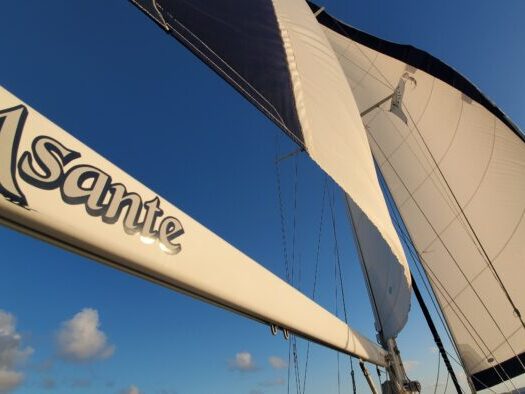
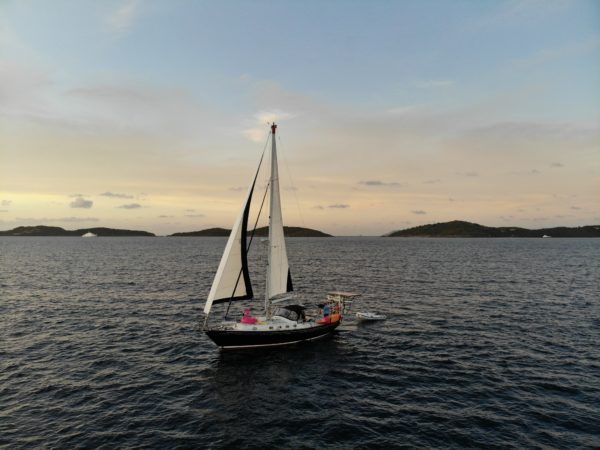
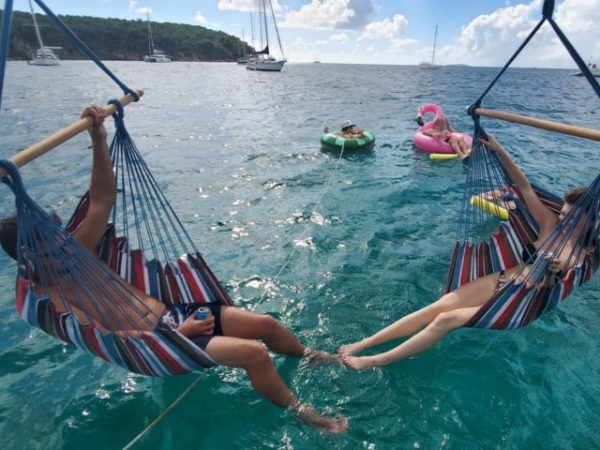
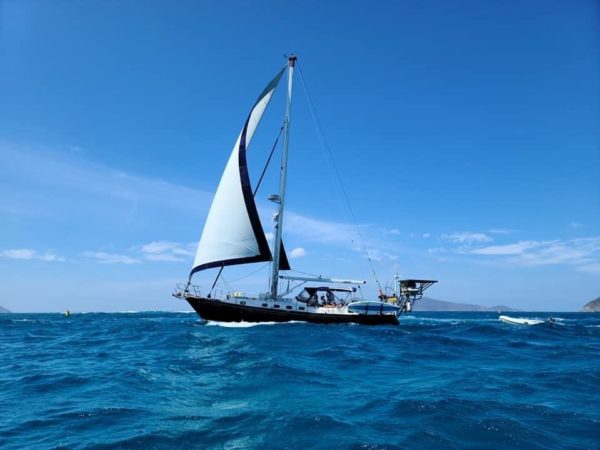
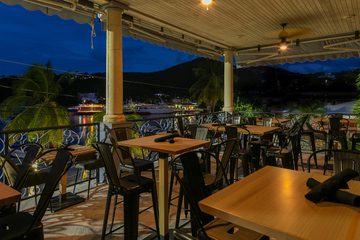

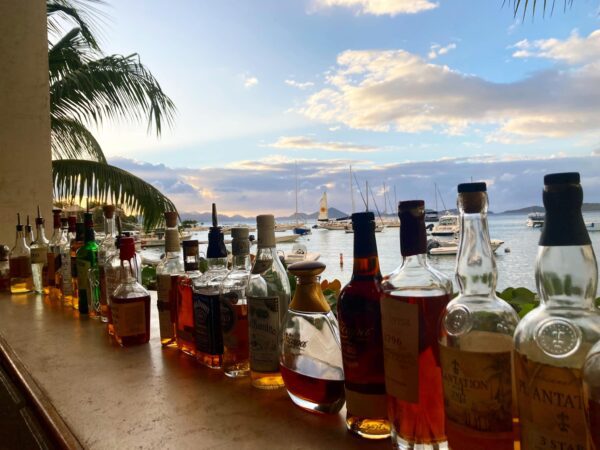
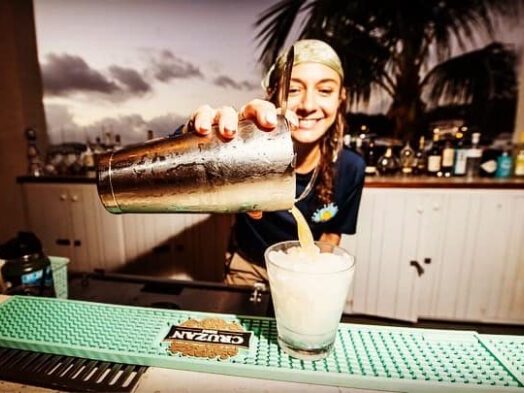
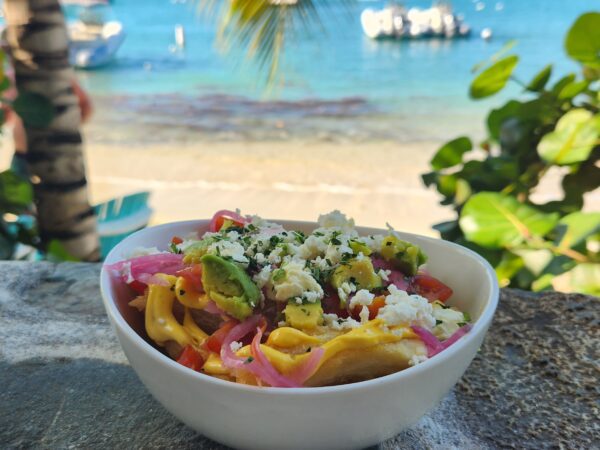
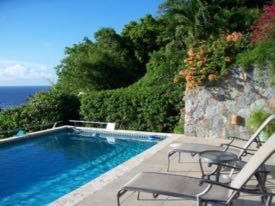
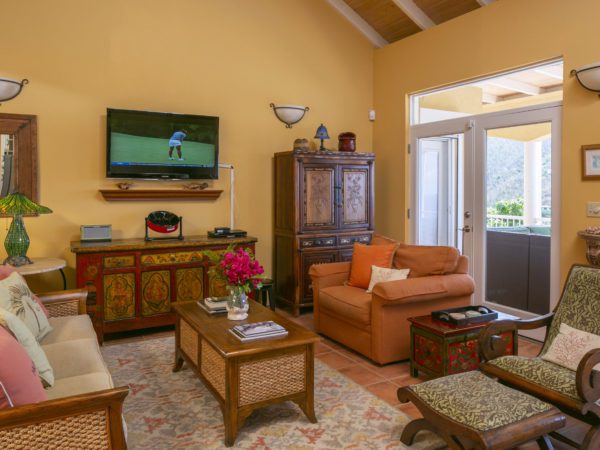
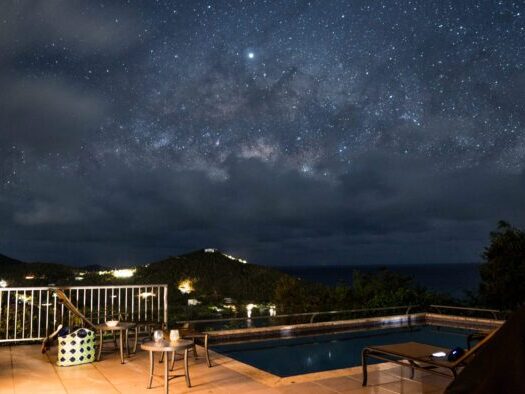
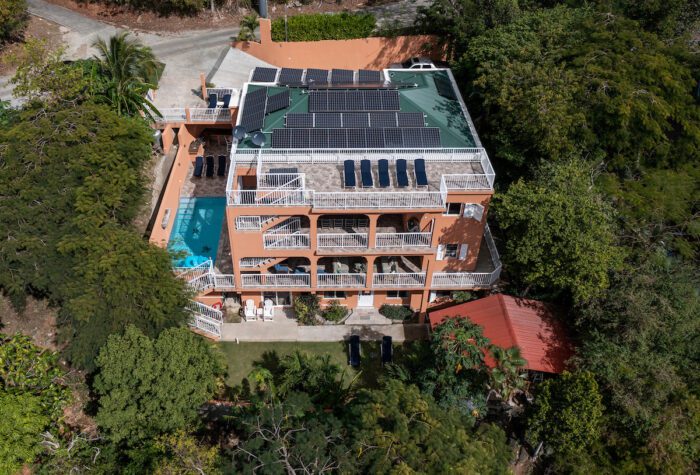

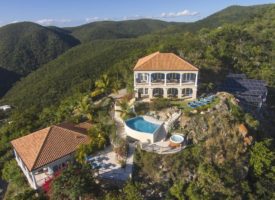
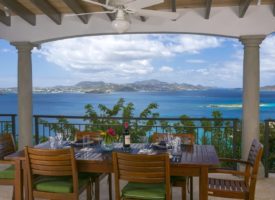
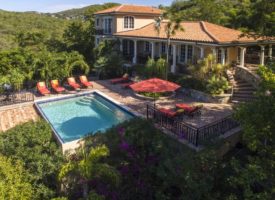

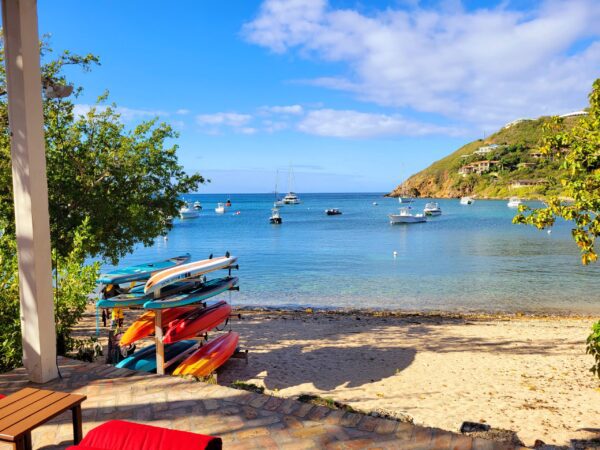
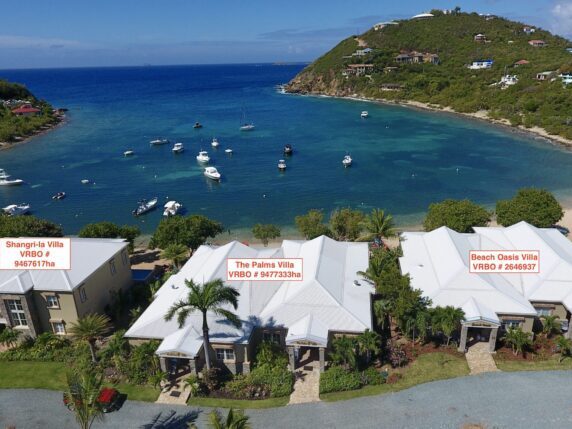
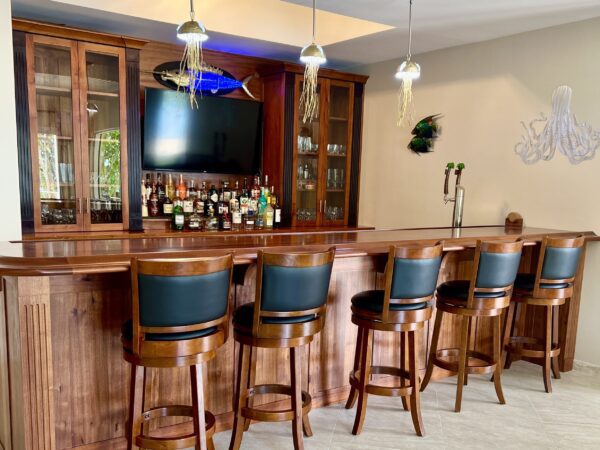
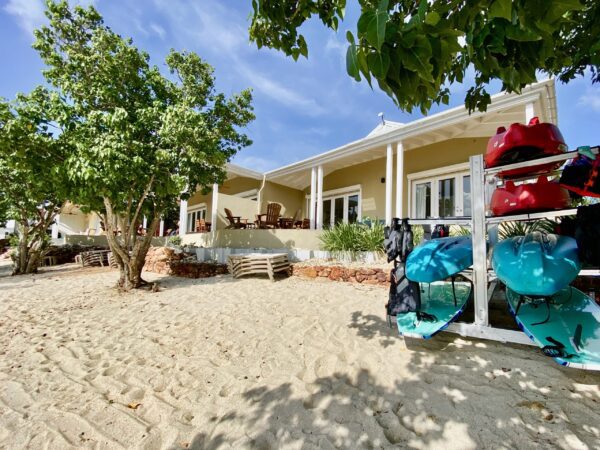
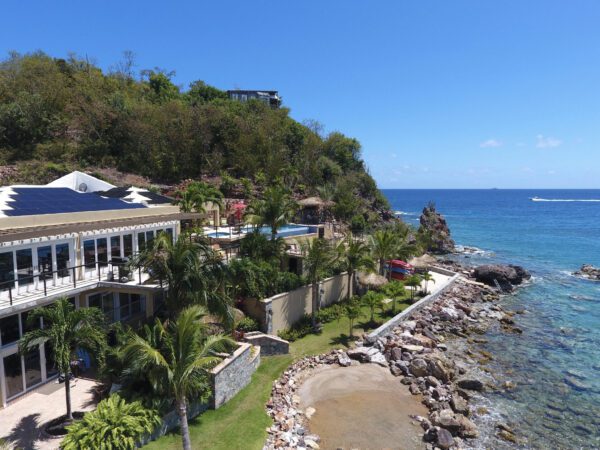
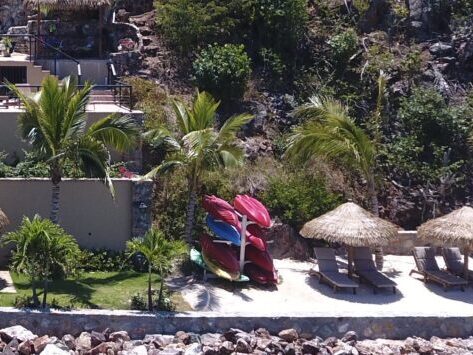
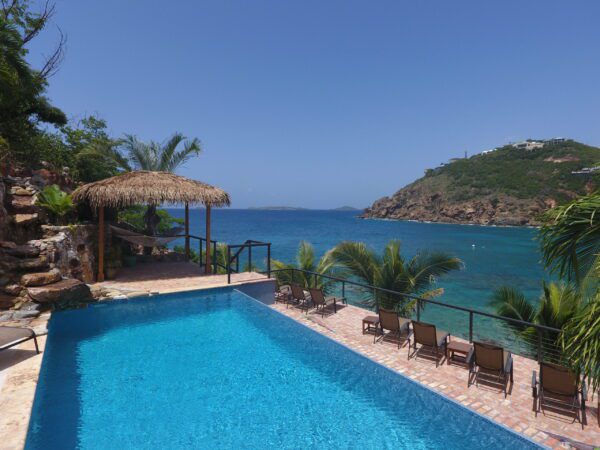
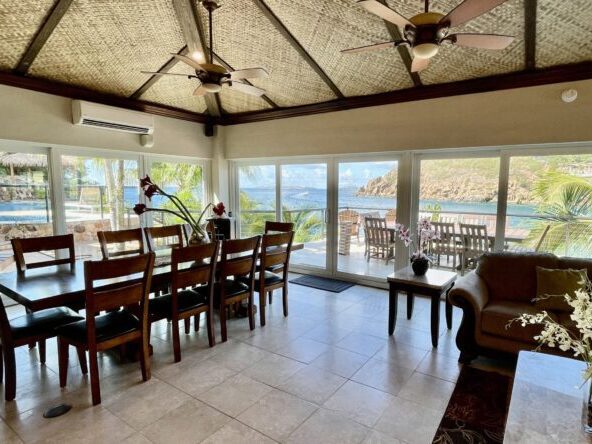
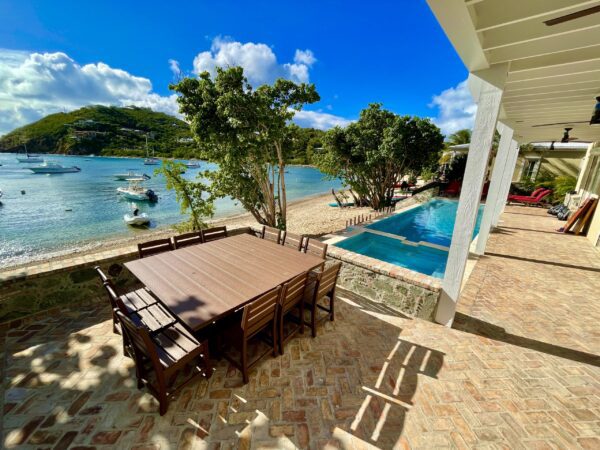
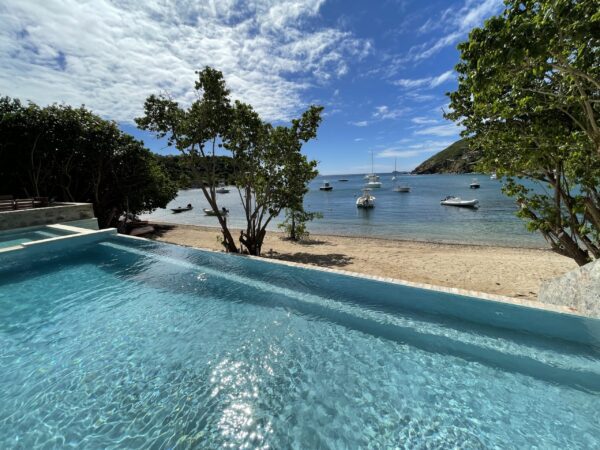
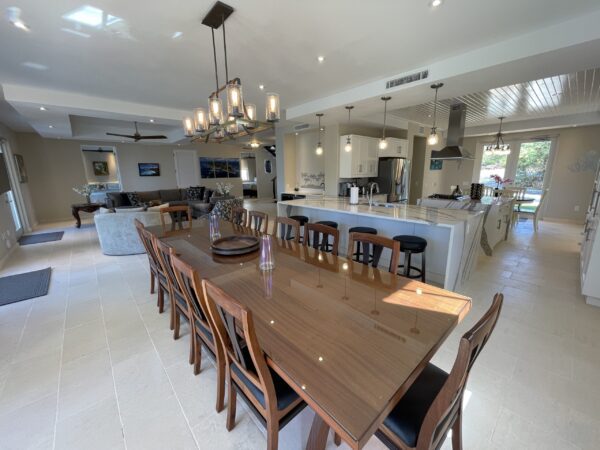
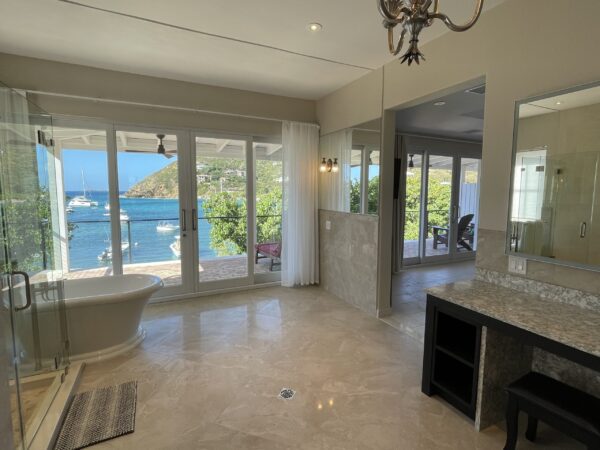

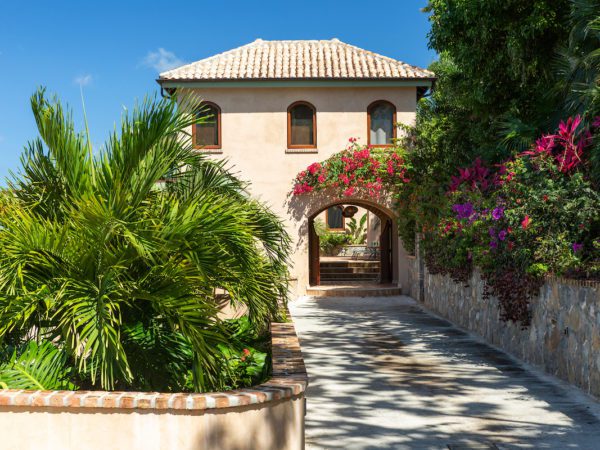
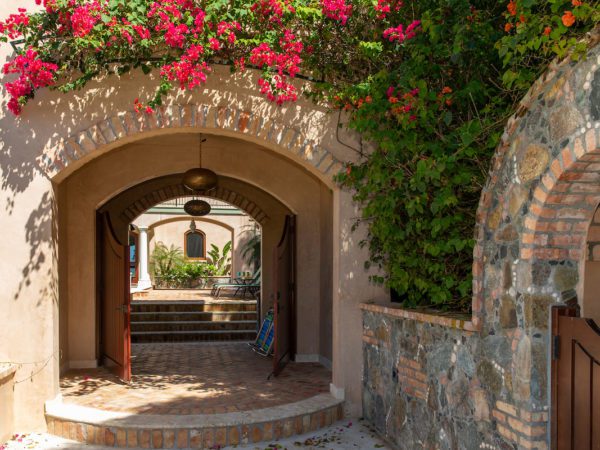
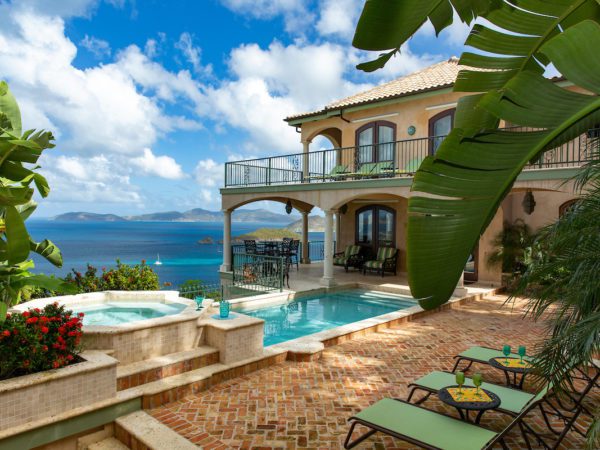
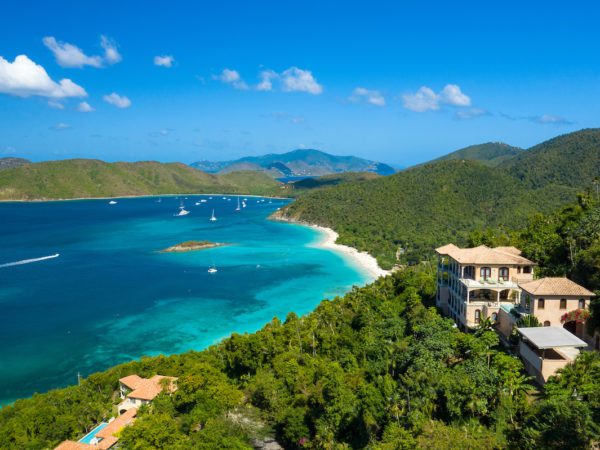
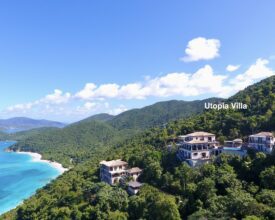
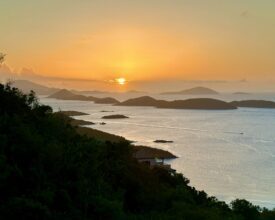
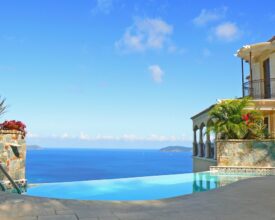
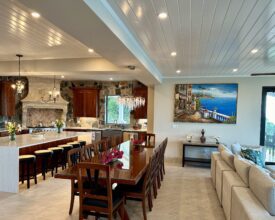
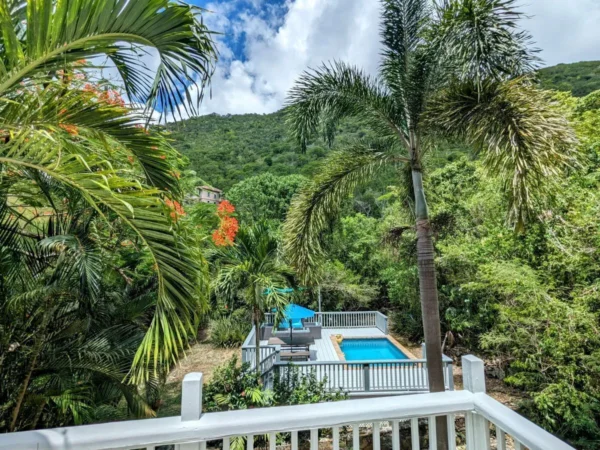
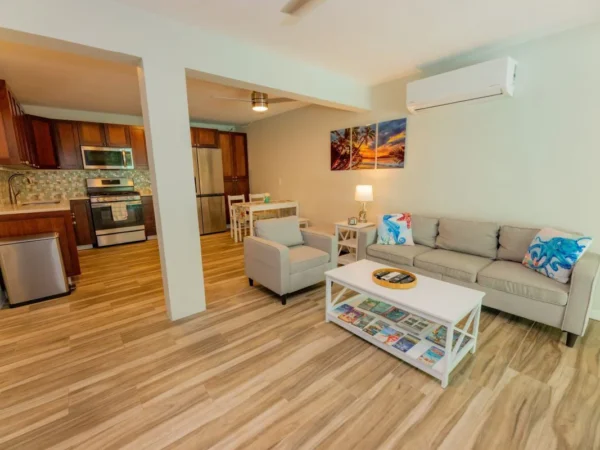
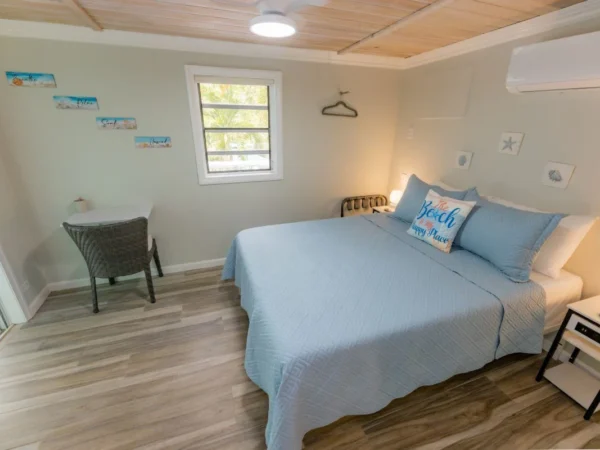
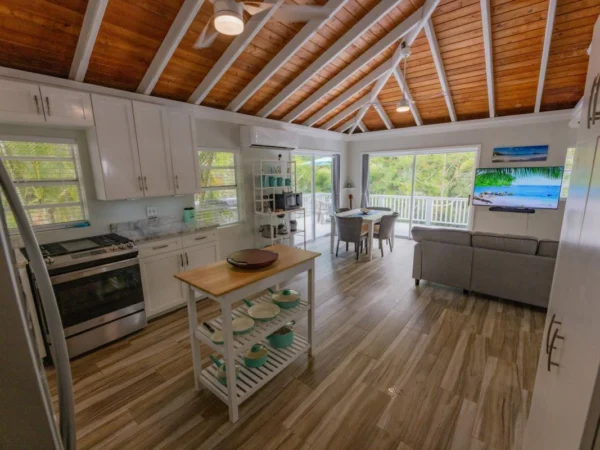
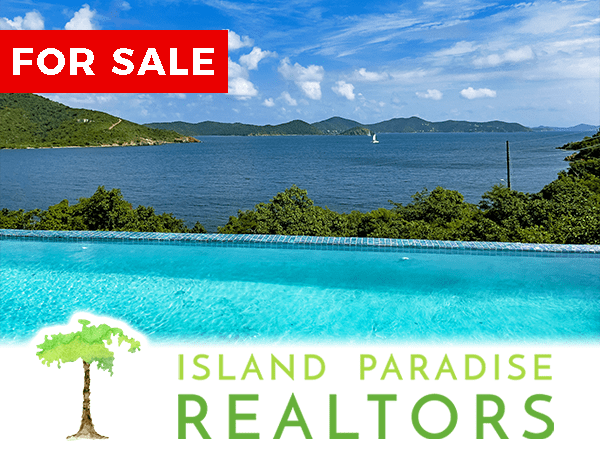
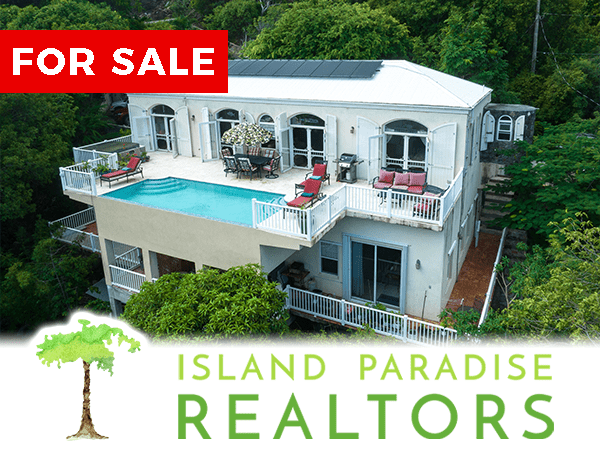
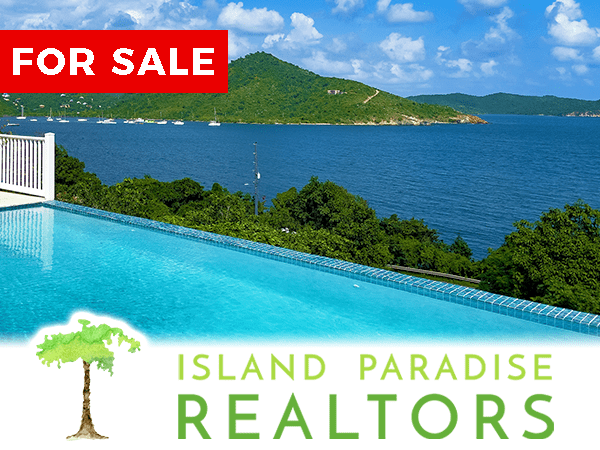
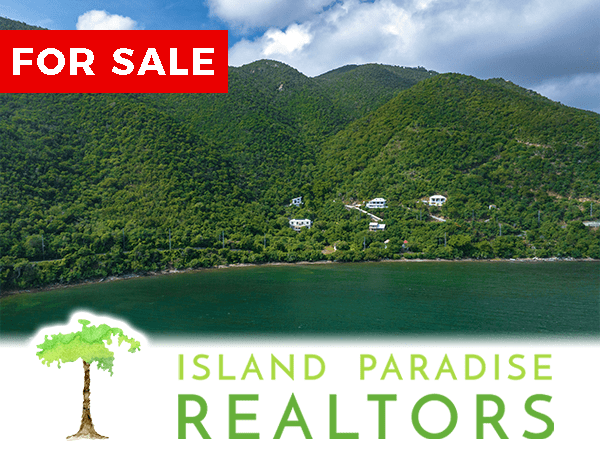


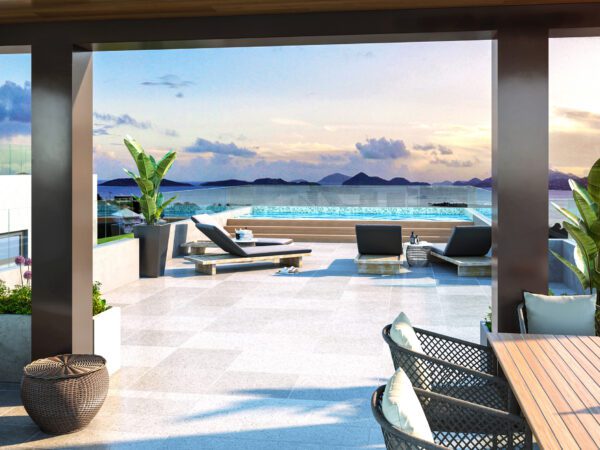


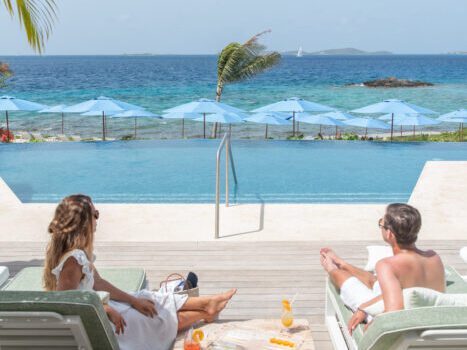
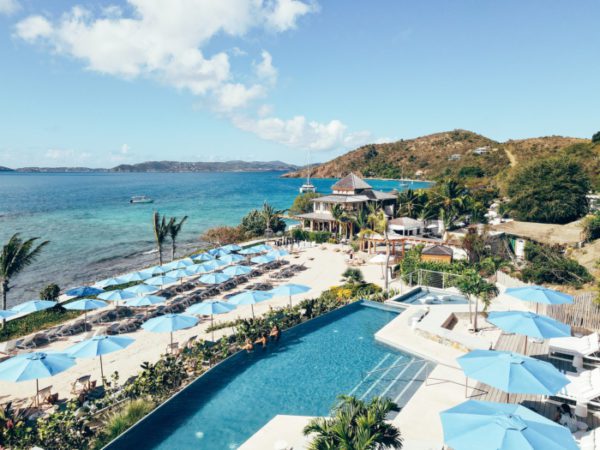
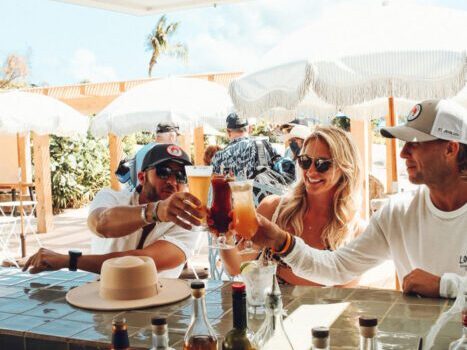
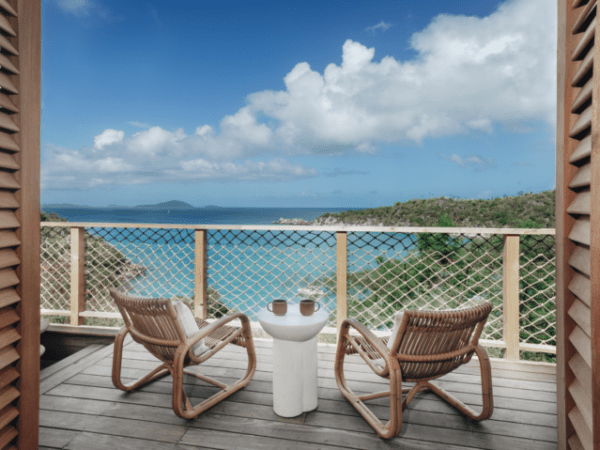
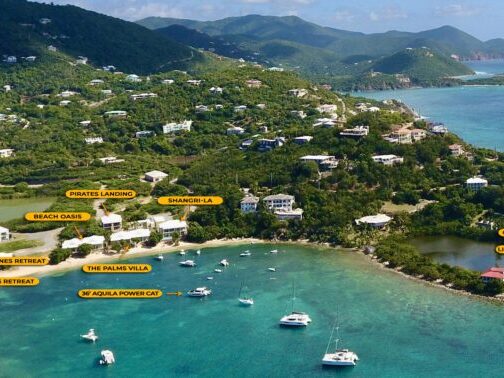
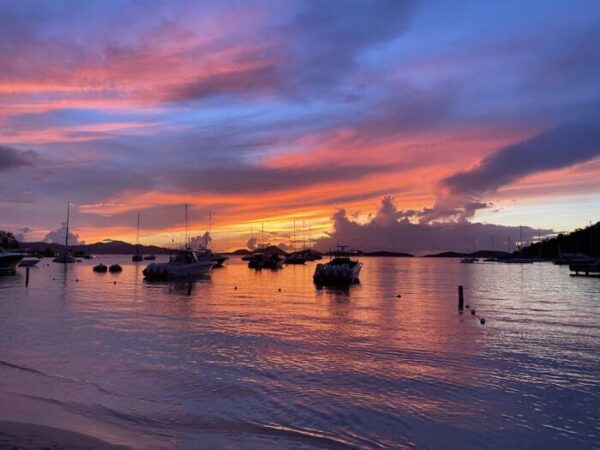
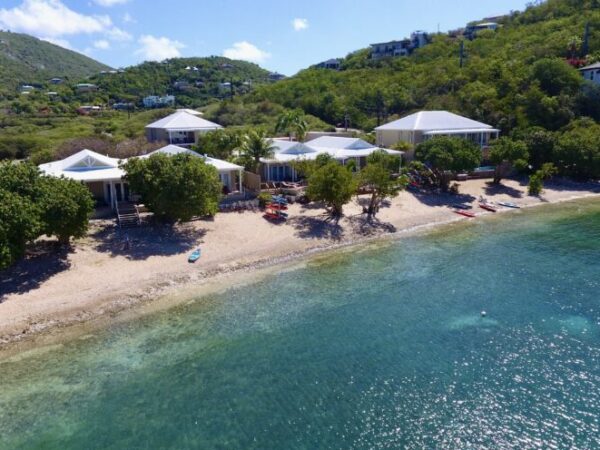
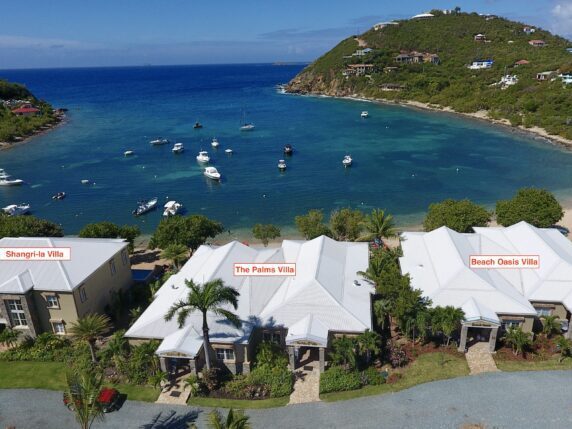
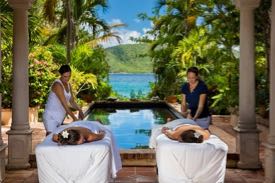
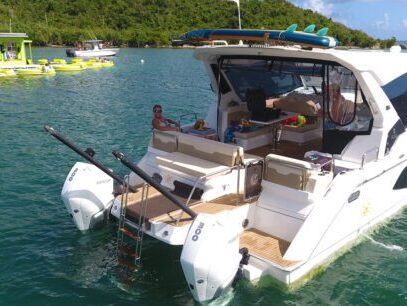
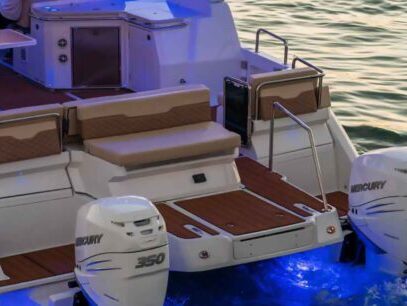
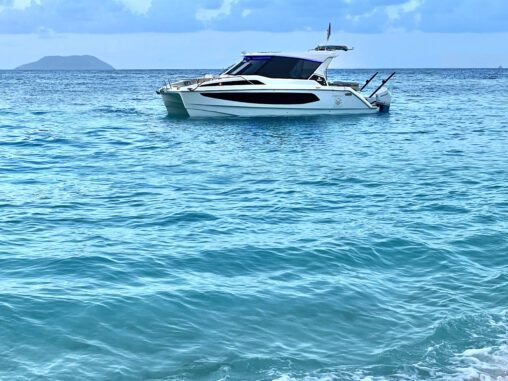

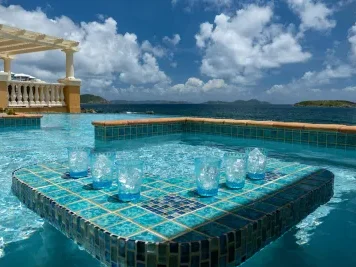
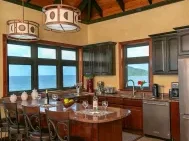
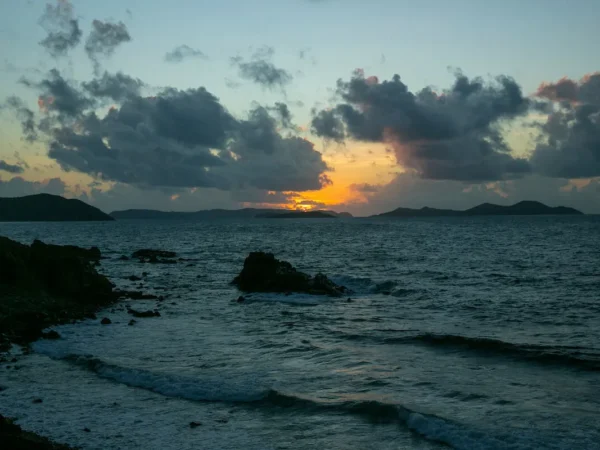

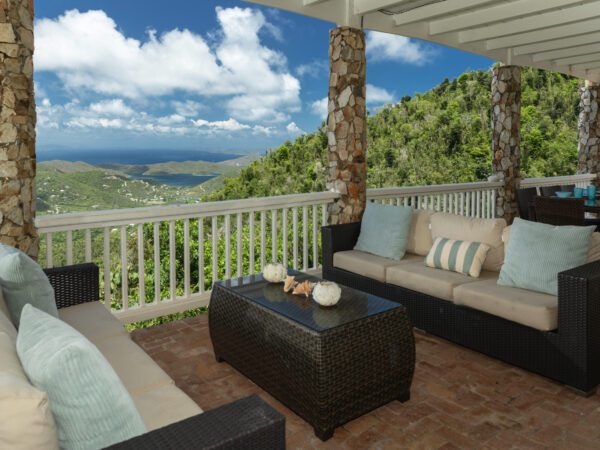
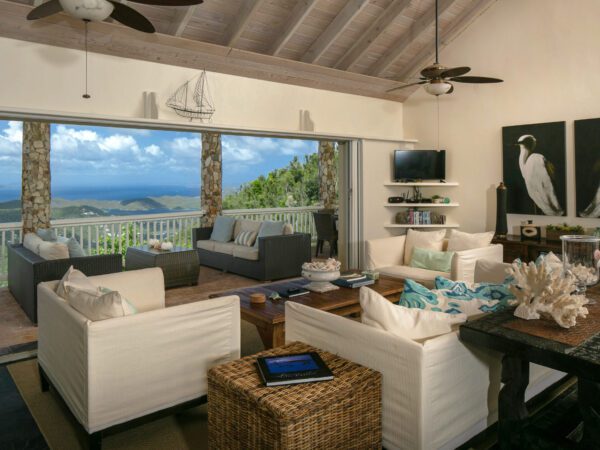
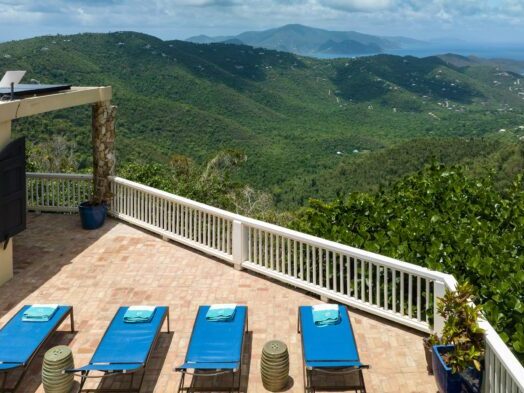
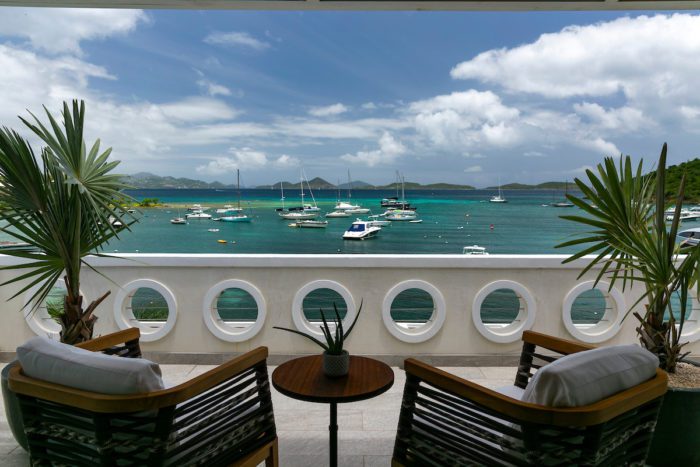


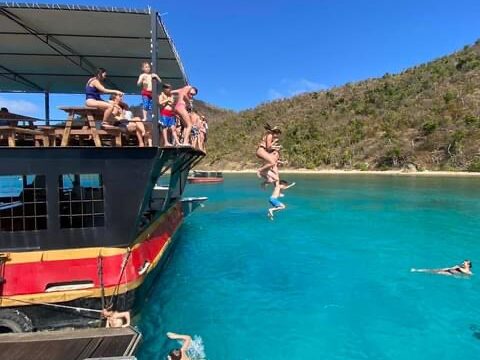
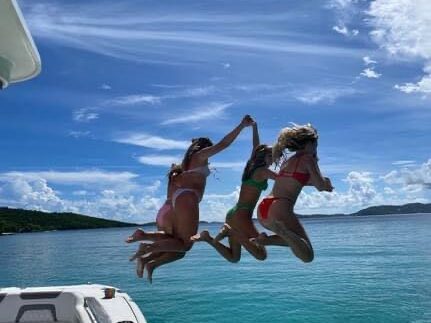
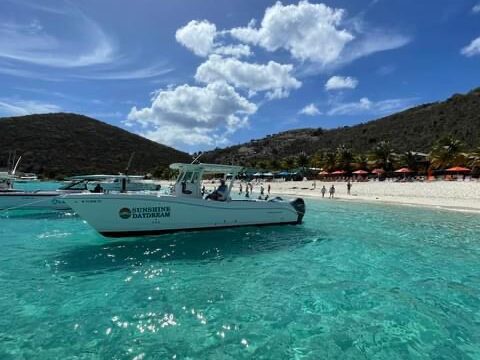
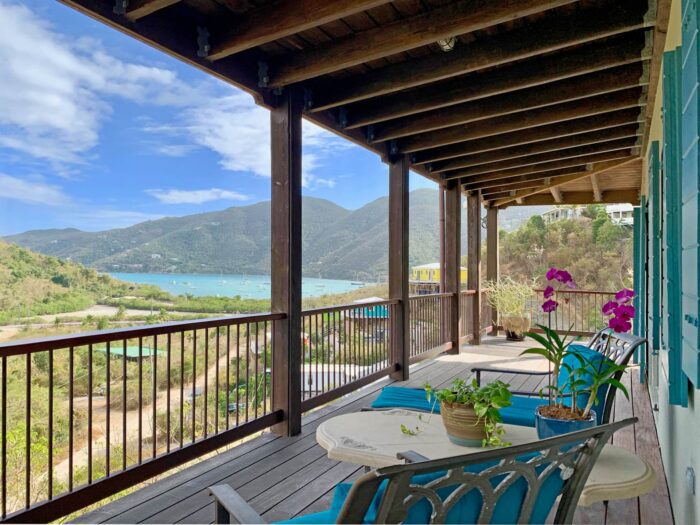

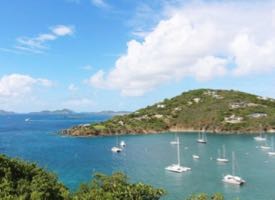
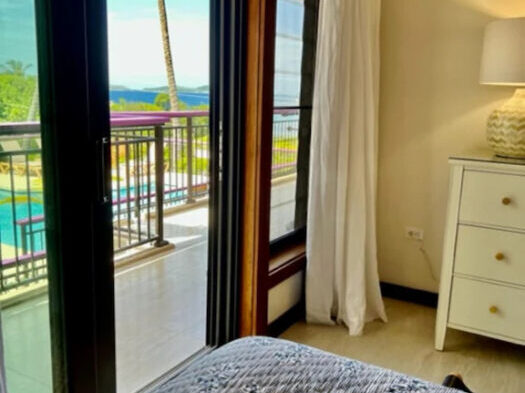
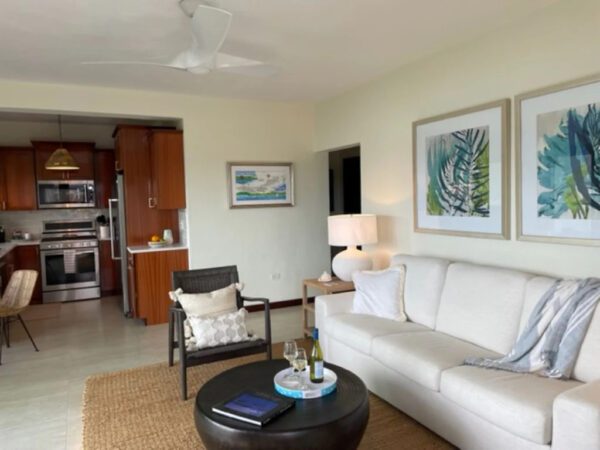
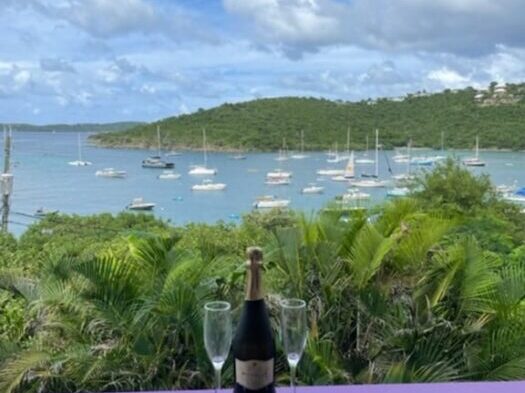
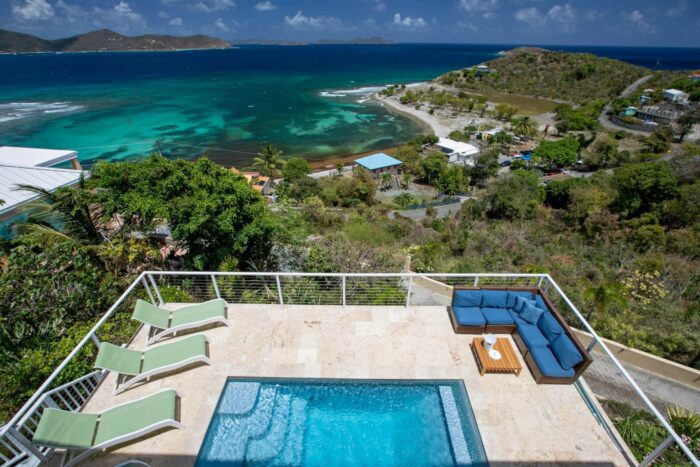
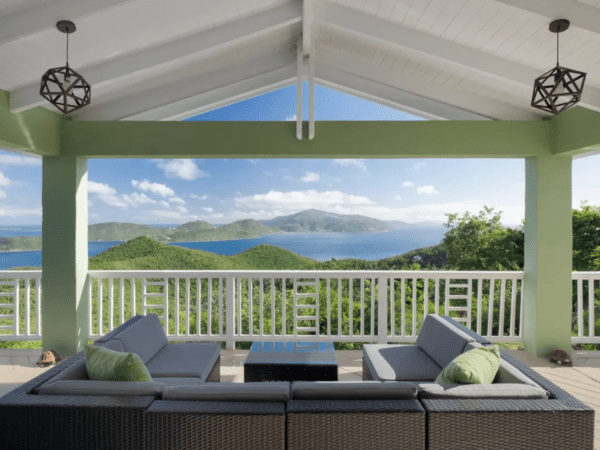
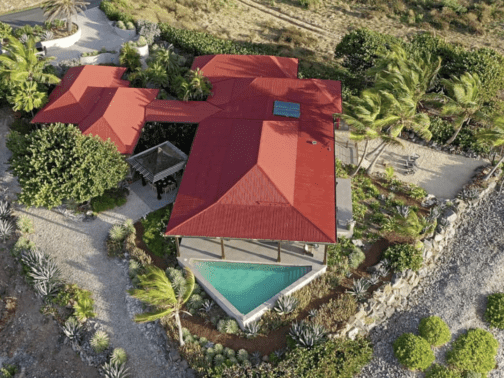
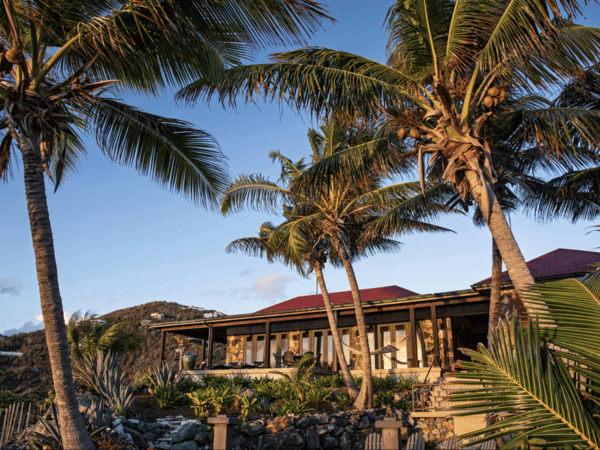
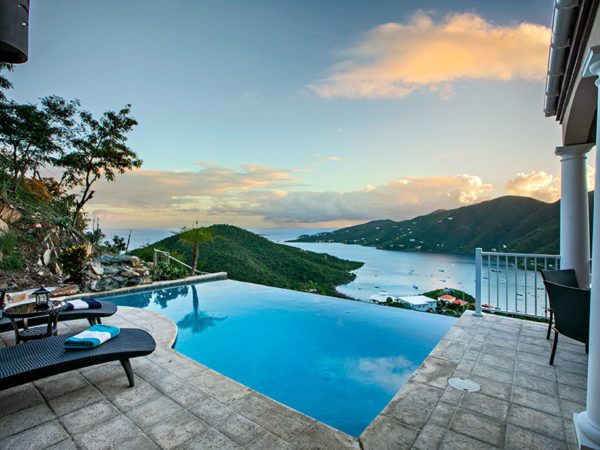
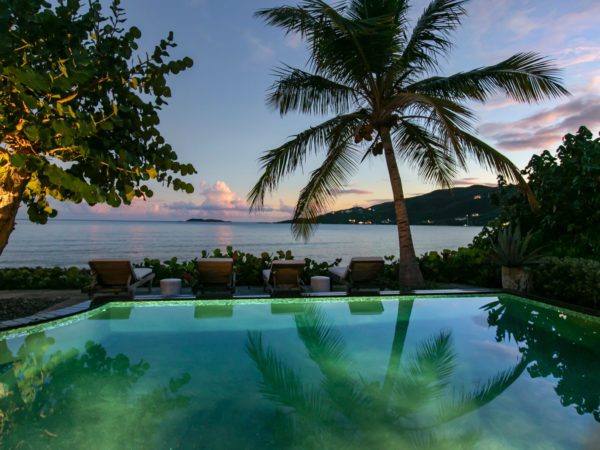
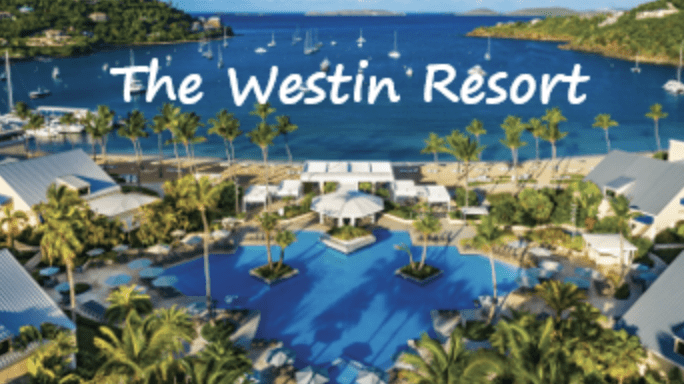

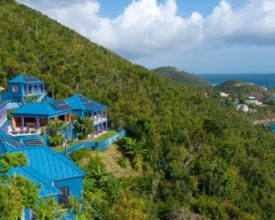
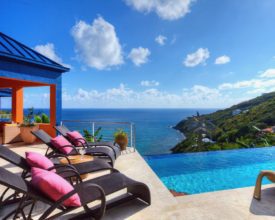
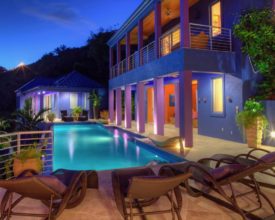
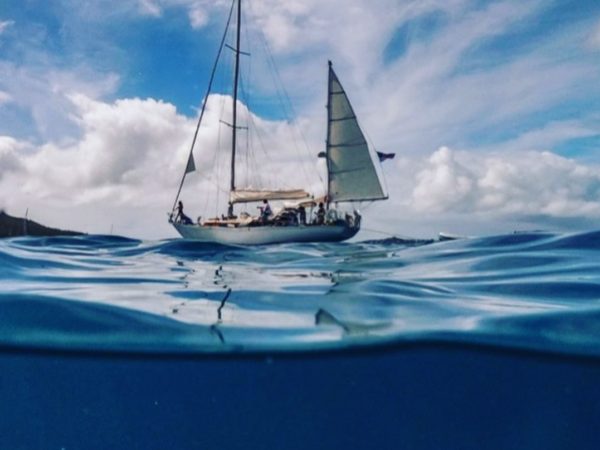
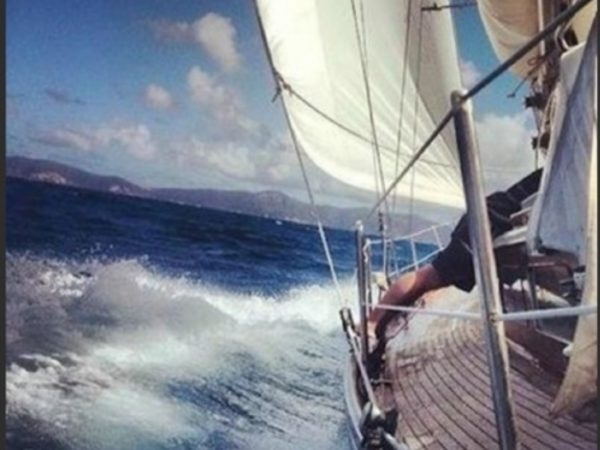
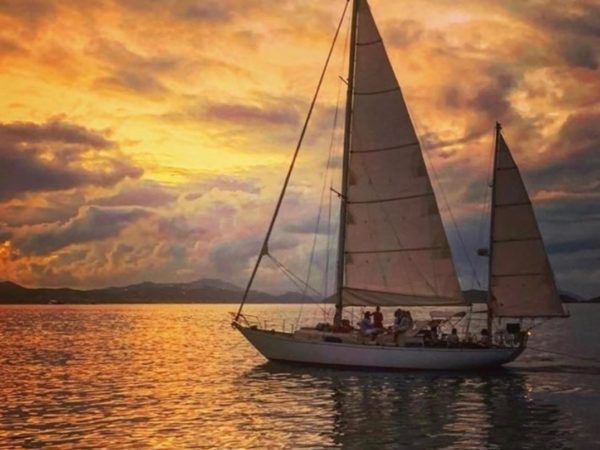
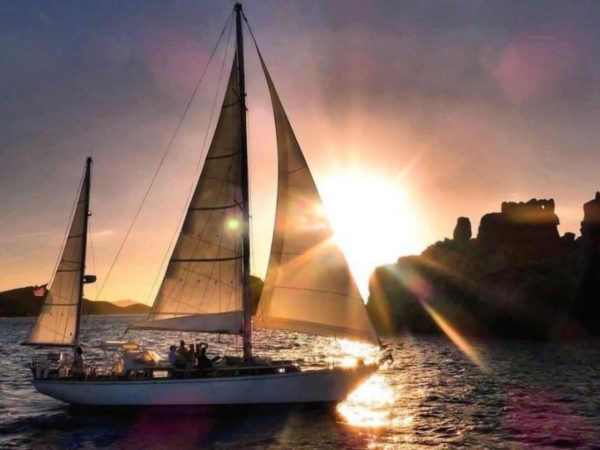
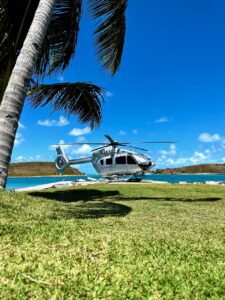
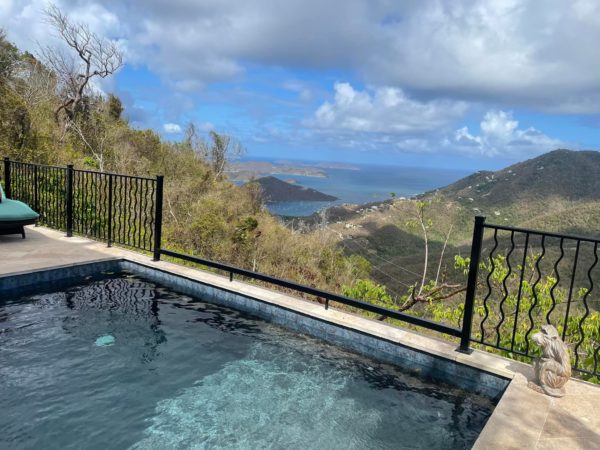
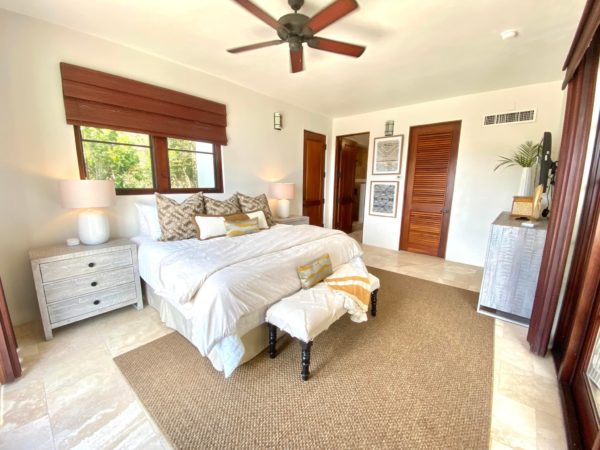
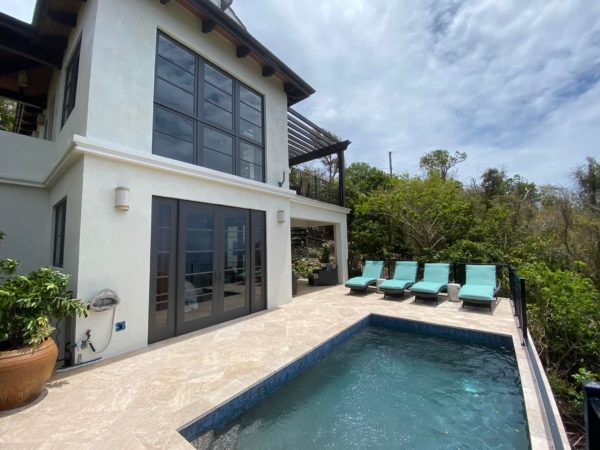
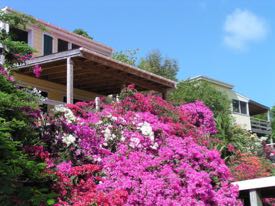
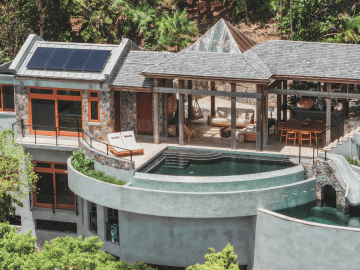
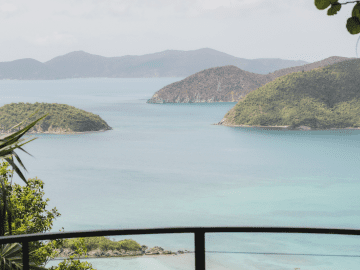
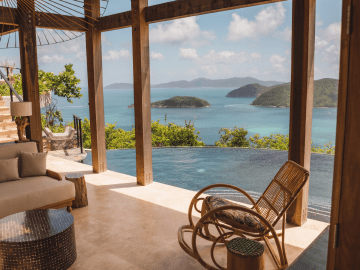
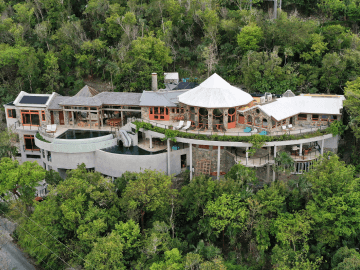
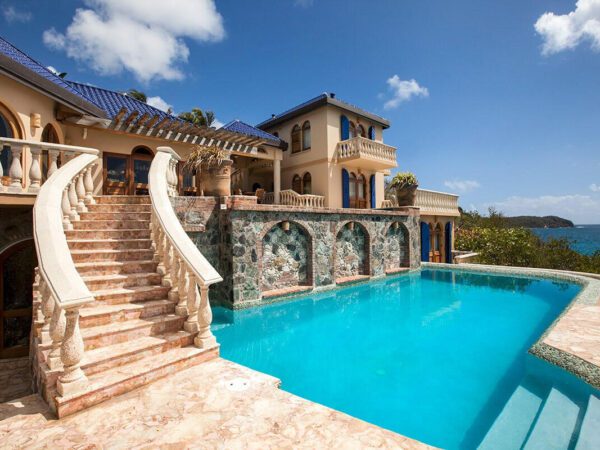
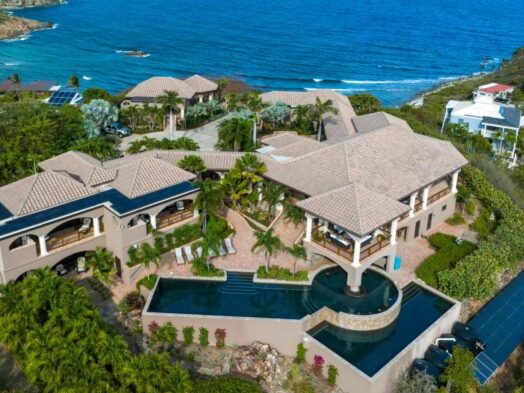
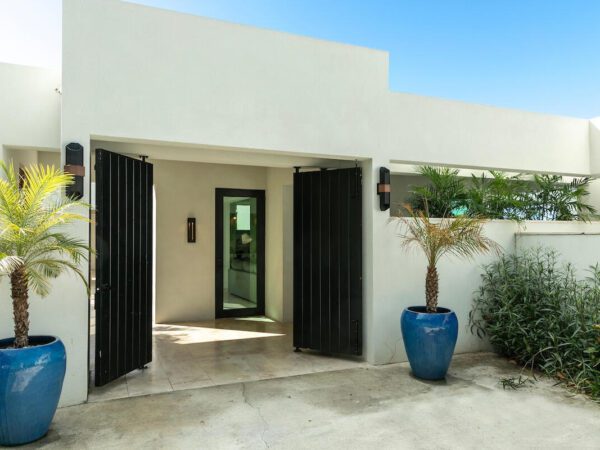

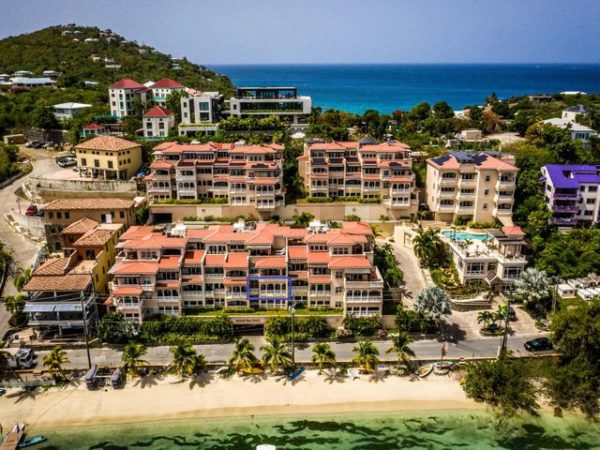
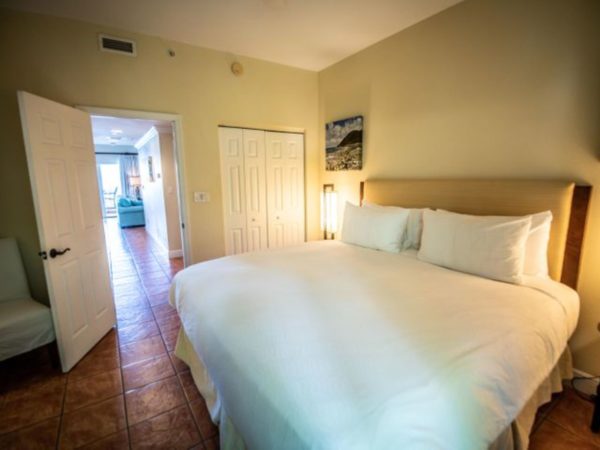
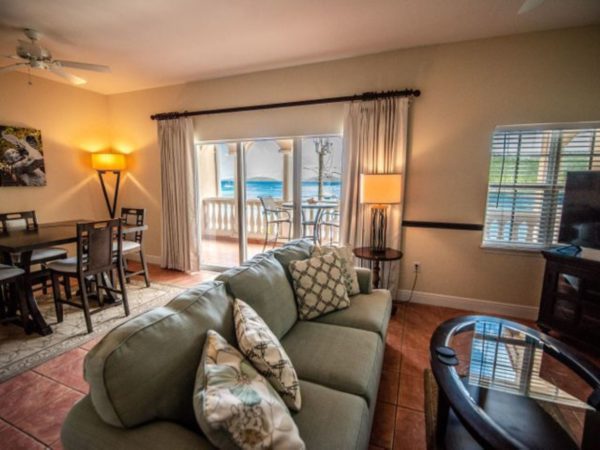
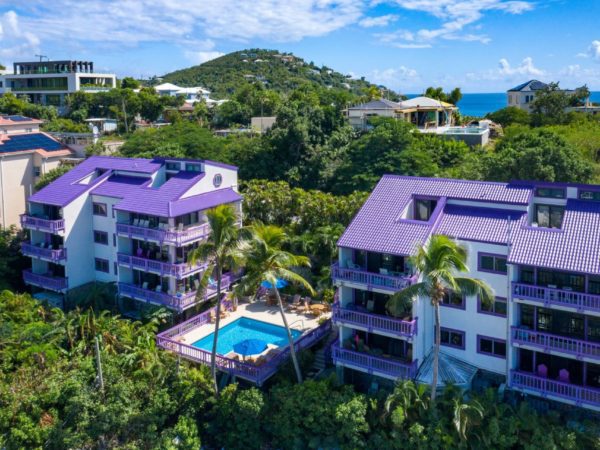
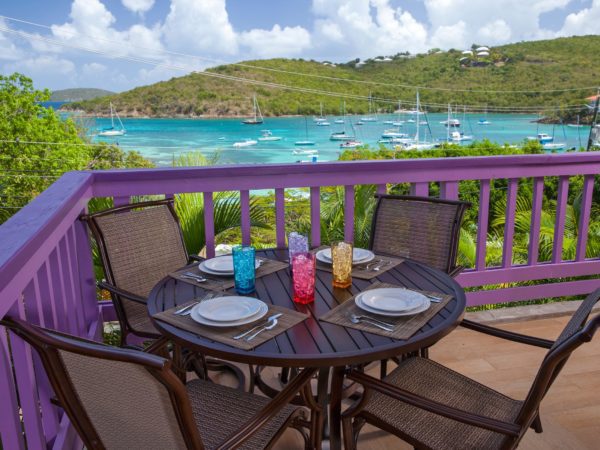
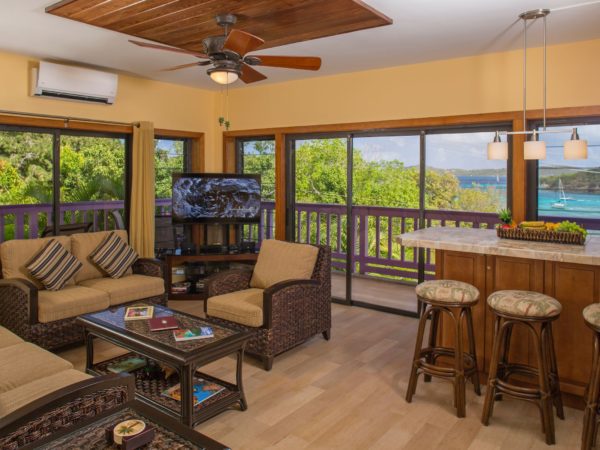
From the article which I like:
This is arguably the wildest and most pristine of the U.S. Virgin Islands, and that legacy of feral beauty began right here, at Caneel Bay, where philanthropist and conservationist Laurance Rockefeller originally built a house as a private retreat. He grew so fond of St. John’s tangled jungle of hills and white crescent beaches that he bought up huge swaths of land, which later formed the basis of the Virgin Islands National Park…….While it’s tempting to simply remain at Caneel Bay and play castaway, this is an island that’s made for exploration, as I’ve discovered over more than a half-dozen visits these last 12 years.”
Back in 1956, Rockefeller gave to the US Government his extensive land holdings to establish a National Park. Over 5000+ acres were designated the nation’s twenty-ninth National Park. Fred Seaton, who was the Secretary of the Interior, accepted the gift…Seaton promised the USA would “take good and proper care of these precious acres and verdant hills and valleys and miles of sunny, sandy shores.”
The tax liability in those days was nothing Rockefeller coulnd’t handle, however, he apparently realized that to save his compound (and tax liability for over 5000 acres in the future (that is now known as Caneel Bay) he needed to get rid of excess land. And his love of St. John made that easy so that future generations would be able o enjoy it.
Over the years..other donations were acquired. Presently the National Park includes 7200 acres of land and 5600 acres of underwater lands.
Thoughtful piece…. But the “rose colored glasses” are on. And that is OK because the piece does give positive kudos for the island. But many founding families, their subsequent generations, and many long time locals that are left from the 1950’s lament the fact that St. John (while a haven for travel writers that come every 1 or 2 years) is far from pristine anymore. Just look at the eyesore over-development in the Cruz Bay area. And compare that with the historical photos of Cruz Bay…..hardly “pristine” anymore.
Webster definition of pristine: ” Remaining in a pure state; uncorrupted by civilization.”
If you’ve been to other islands then you know that St John and the BVI are the are the most pristen. There are many others like Dominica that are as well but St. John is still practically untouched by today’s standards. The travel writers don’t get down so often because the Tourism department is incompetent at marketing the Islands and working with publicist and travel writers- which has turned out to benefit St John as the buzz and awareness has never caught on. ( 2 planes and a boat play role as well
) If the tourism department actually were effective in messaging the USVI and real awareness was developed – I promise you St John would be a lot less pristine than it is now. Between the Park and joke of Tourism department in St Thomas- St John is gonna be ok and its worst day is still better than most islands not only in the Caribbean but the world.
Check out the new Carribean Magazine coverage. Those building may be ugly but they are supporting a family somewhere with the jobs they provide and some families enjoy them when they visit. Cruz Bay is hardley an eye sore even with those 2 developments that so many people say stain it. What about the contribution in the economy. How many people do these places employ? I think one is really ugly too but we just don’t look at them or hang out there.
Rockefeller never “built a house as a private retreat”, he bought the Caneel property, which had already been a small resort for many years, in 1952, and fairly quickly rebuilt it as larger and grander hotel. All other land purchases he made on the island were specifically for the formation of the National Park, through Jackson Hole Preserve, the not-for-profit he had use to purchase land for the Grand Teton National park in Wyoming.
One thing that is certain: As a conservationist, Laurance Rockefeller understood that many non-native animals are problematic to the island ecology. Donkeys and mongoose were definitely NOT welcome at Caneel in the Rockefeller years, and deer would not have been either, had they ever been seen on the island’s north shore before the 1990s. Mongooses are vicious predators of native birds, reptiles and sea-turtle eggs, the National Park has actively trapped and exterminated them for many decades.